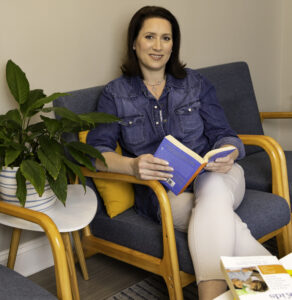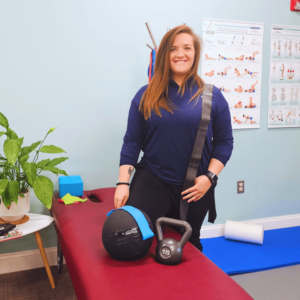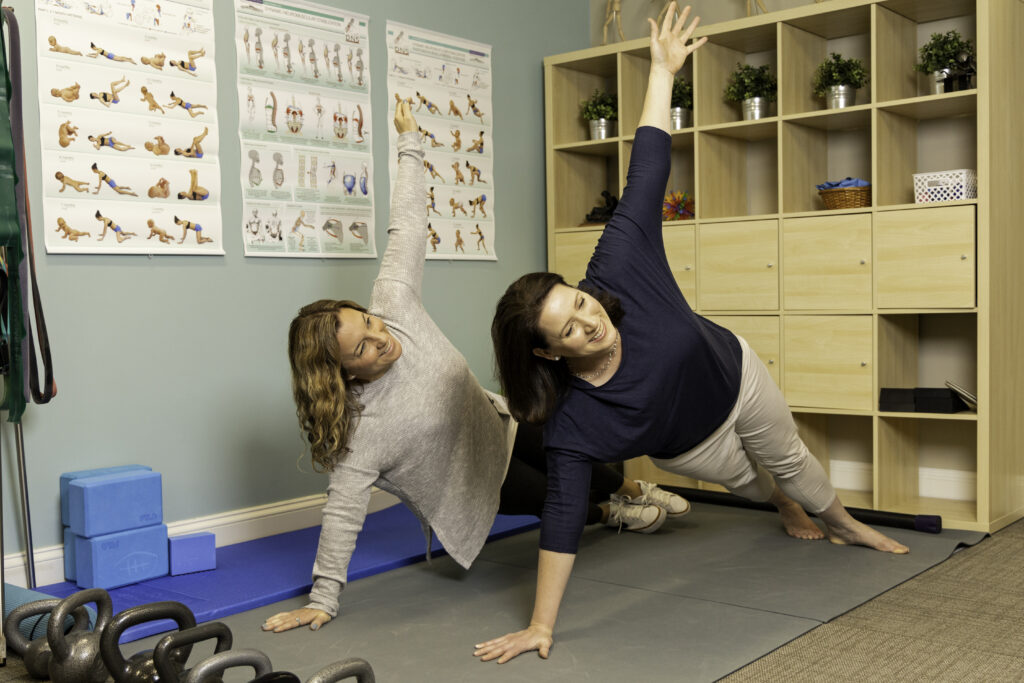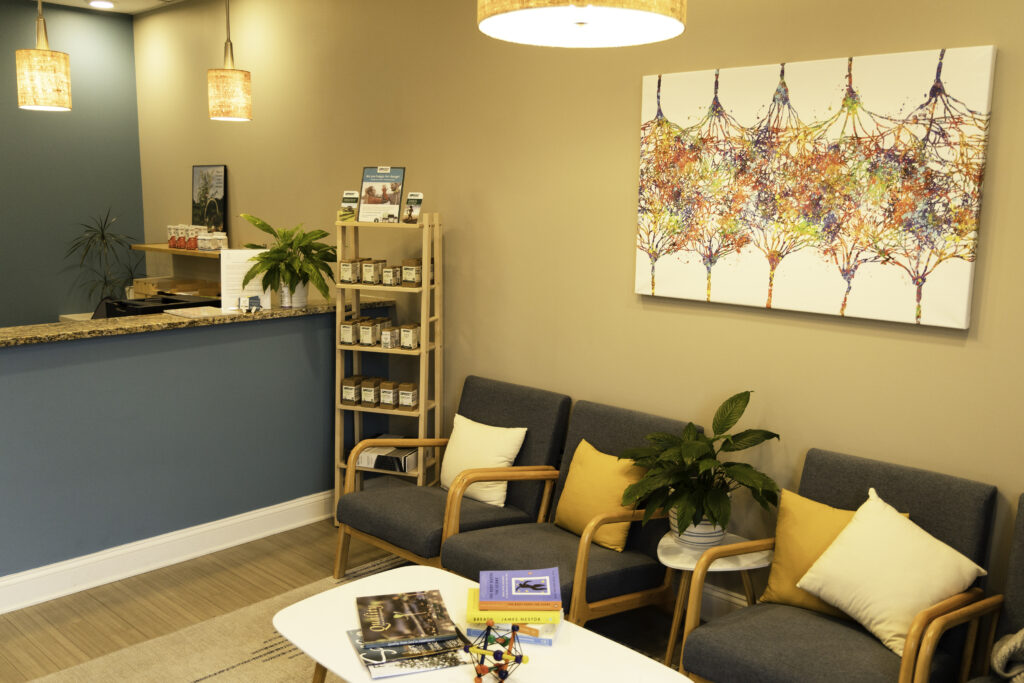Lumbar spinal stenosis is a condition where the spinal canal in your lower back narrows, leading to pain, numbness, or weakness in your legs. It’s a common issue, especially as we age, but there are effective ways to manage it without surgery.
Diagnosing Lumbar Spinal Stenosis
The first step in addressing lumbar spinal stenosis is getting an accurate diagnosis. This usually involves a combination of a physical examination, a review of your medical history, and imaging tests like X-rays or MRIs. These tests help your healthcare provider understand the extent of the narrowing in your spine and how it could be affecting your nerves.
At Frederick Chiropractic Wellness Center, we take the time to thoroughly assess your condition, ensuring that any treatment plan we recommend is tailored to your specific needs.
Conservative Treatment Options
For many people, conservative treatments can effectively manage the symptoms of lumbar spinal stenosis, reducing pain and improving mobility without the need for surgery. Here’s how we approach treatment:
- Chiropractic Care: Chiropractic adjustments are a gentle and non-invasive way to reduce pressure on the nerves in your spine. By realigning the spine, chiropractic care can help relieve pain and restore movement, allowing you to get back to your daily activities with less discomfort.
- Exercise Therapy: Exercise is a key part of managing lumbar spinal stenosis. Strengthening the muscles that support your spine can help reduce strain on the affected area. We create personalized exercise plans that focus on improving strength, flexibility, and balance, all of which can help you feel better and move more freely.
- Lifestyle Modifications: Making small changes in your daily life can have a big impact on your symptoms. We’ll work with you on improving your posture, teaching you how to move safely, and helping you maintain a healthy weight to reduce stress on your spine.
- Pain Management: In some cases, additional therapies like heat or cold treatments, massage, or other conservative methods may be recommended to help manage pain and inflammation.
Why Choose Conservative Care?
Conservative care is often the first line of treatment for lumbar spinal stenosis because it’s effective and less risky than surgery. Many patients find significant relief through these methods, allowing them to maintain an active and fulfilling lifestyle without the need for more invasive procedures.
Interestingly, studies have shown that degenerative disc disease (DDD), also known as osteoarthritis of the spine, doesn’t always correlate with back pain. Many people with DJD may show significant degeneration on imaging tests but experience little to no pain. Conversely, others with minimal degeneration may suffer from chronic back pain.
This lack of correlation suggests that factors beyond structural changes—such as muscle strength, inflammation, and lifestyle—play a crucial role in the experience of back pain, emphasizing the importance of a holistic approach to treatment.
Do I need surgery for Spinal Stenosis?
Surgery for lumbar spinal stenosis is generally considered appropriate when conservative treatments (like chiropractic care, physical therapy, and medications) fail to relieve symptoms, and you are having increasing difficutly with walking and daily activities, or there are signs of progressing nerve damage. Surgery is not without significant risks, and the decision to proceed with surgery depends on the severity of the condition, the patient’s overall health, and their preferences after discussing the risks and benefits with their healthcare provider
If you’re dealing with symptoms of lumbar spinal stenosis, contact us at Frederick Chiropractic Wellness Center. We’re here to help you explore all your options for natural, non-surgical care, so you can get back to moving and feeling better.





